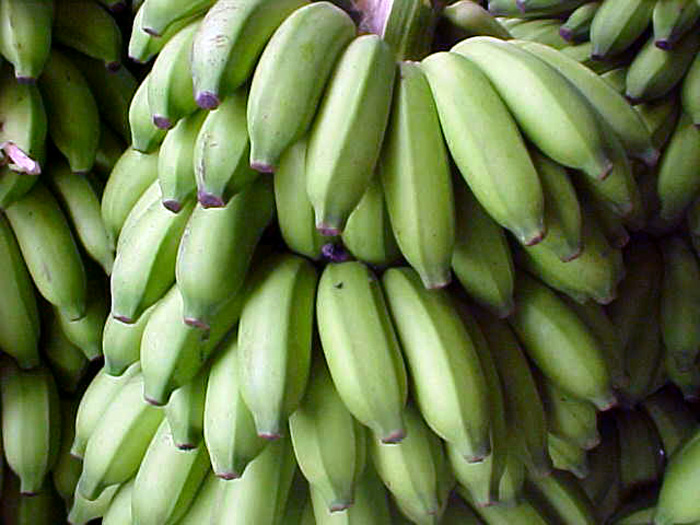The idea of researches at Universidad Nacional is to obtain this compound out of a substance called hydroxymethylfurfural. This substance is generated through the decomposition of different sugars in lignocellulosic materials.
Such materials can be found in vegetal residues generated in all agribusiness processes and constitute a supply that could be used for the production of dimethylfuran. This study is exclusively focused on banana plantations.
According to recent studies, dimethylfuran has physiochemical properties such as high energetic density, high boiling point and low water-solubility, which make it an alternative as additive or as pure fuel for transportation.
Such characteristics make it more efficient than ethanol, a biofuel that generates higher costs in its production since it has to be separated from water in which it is very soluble. That is what Professor Adriana Ruíz, a member of the Bioprocesses and Reactive Flows research Group, part of the Faculty of Mines, explained.
"This is an innovative and vanguard investigation topic all over the world. It is commonly accepted that dimethylfuran could be the fuel for the future since it could substitute ethanol somehow, due to its calorific power" said the professor.
The first stage in these studies was finished by the Dirección de Investigaciones de Medellín (DIME), when supporting a senior thesis developed by the student Andrés Felipe Sierra to obtain his professional degree as chemical engineer.
According to the Professor at the Chemistry School Pilar García, several objectives were accomplished while performing the studies. The main one was separating hydroxymethylfurfural through the implementation of their procedures and then changing it into dimethylfuran through a catalyzed reaction.
However, the professor affirmed that there are some conditions of the process that are still to be determined, so it is necessary to investigate more.
"The second stage is testing the economically viable catalyzes for this transformation. In addition, it is necessary to verify how much of the percentage of the component is produced and if it is possible to optimize the reaction in the process," said the professor.
Sedes
 Correo Electrónico
Correo Electrónico
 DNINFOA - SIA
DNINFOA - SIA
 Bibliotecas
Bibliotecas
 Convocatorias
Convocatorias
 Identidad UNAL
Identidad UNAL



